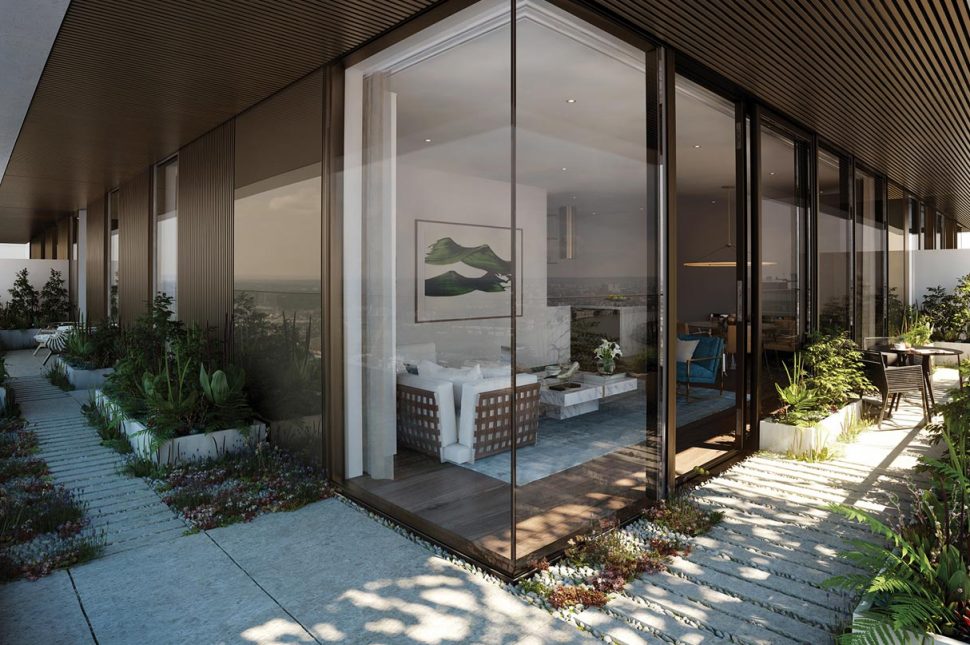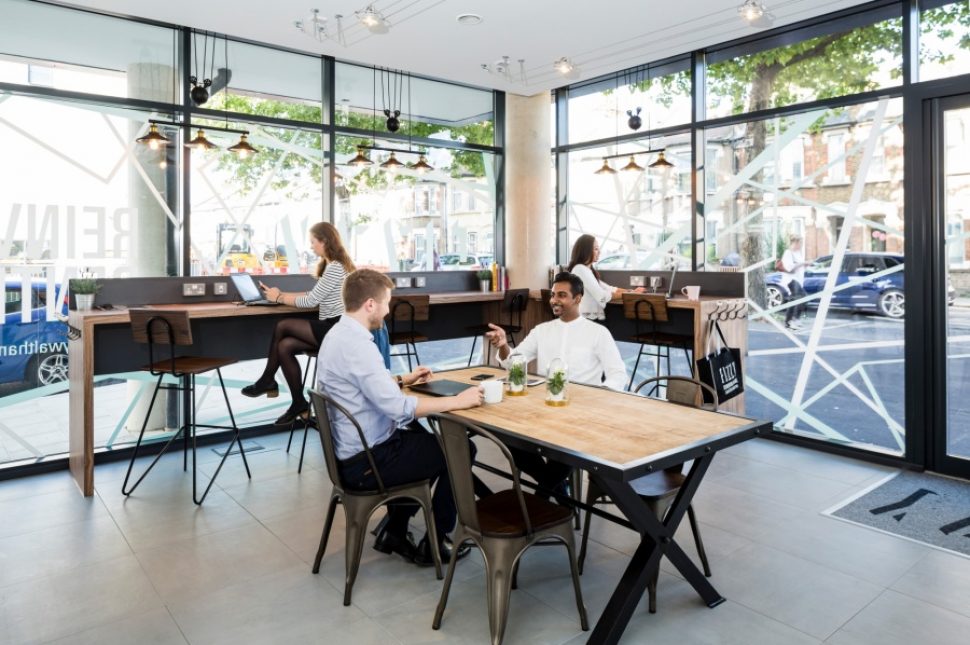Climate change, population shift, pandemics – the global challenges we face are many and varied. So how fit for purpose are London’s new homes? Are they future-proof? We’ve taken a closer look at over 9,000 HomeViews reviews of new build housing in the capital. Feedback from these owners and tenants can help to reveal the strengths and flaws in the homes we’re building for future generations to inherit.
The COVID-19 pandemic and subsequent lockdown are throwing new light on the resilience of our social infrastructure. From building design and management through to community spaces and transport facilities, resident reviews give insights on how London’s new build housing might respond to the global issues our society will face in the coming years. It’s been suggested that homes will never be built or sold the same way again after the crisis subsides.
So how are the capital’s new housing developments holding up? And how will they need to change?
Pandemics
The level of disruption we’re currently experiencing is something few could have predicted. The new reality brought about by the COVID-19 pandemic is forcing us to consider whether such scenarios may become more common in the future. So how is this affecting housing?
Under conditions of social isolation our homes must multi-task: office, creche, school, gym, delivery depot and social space. However, HomeViews reviews have always shown consistent demand for these facilities. In particular, landlords who provide a gym, communal areas and concierge tend to receive significantly higher overall ratings on HomeViews.
Build to Rent (BTR) has proven particularly adept at providing homes adapted to a more modern way of life. For example, many of these new developments are designed to facilitate working from home. Resident demand for this could well increase as home working becomes more common following the lockdown.
Isolation/connection

Bravo is among a number of BTR landlords currently offering residents free access to enhanced WiFi connections to make working from home easier during lockdown. Essential Living’s onsite teams are helping residents in self-isolation access food deliveries from local firms. Meanwhile, Greystar, Get Living, Allsop and others are providing regular online wellbeing events for all residents.
The HomeViews 2020 National Build to Rent Report found that 50% of the reviews on developments in the Top 10 BTR developments for Management mentioned that the main reason for rating their building management highly was how helpful and responsive they were. One resident at Fizzy Living’s Canning Town development recently noted: “The Property management team go above and beyond […] to ensure everyone is safe and well during the COVID-19 outbreak.” (Read more).
High-rise is fast becoming becoming the norm for new homes in London. In response, BTR developments seem to be leading the way in providing adaptable facilities, strong support networks and functioning communities. The current pandemic only highlights the need to incorporate these qualities into all new housing in the future.
Climate change
Climate change was on the top of everyone’s agenda until COVID-19 moved in to dominate headlines. New housing must adhere to stricter environmental standard than at any time in history. The Government’s new ‘Green Standard’ proposals will see even higher standard required for all new buildings built after 2025.
Accordingly, our reviews show many residents commenting on how little they need to use the heating during the winter months. Insulation appears to have been greatly improved. However, the lack of passive cooling and ventilation is often flagged as an issue in new developments. Reviews bemoaning the lack of air conditioning suggest that new buildings may not be equipped for the temperature extremes we have seen in recent summers, especially in London.
What we do see is a positive approach from housebuilders to incorporating green spaces into their developments. Whether that’s roof terraces, green walls, garden space or local parklands, developers appear to have recognised green space as a fundamental requirement for their residents.
Biodiversity

Supporting local biodiversity has also been used as a selling point by developers as the issue has gained wider recognition with the public. Apartments in the luxurious new Wardian towers in Canary Wharf each include a terrace garden. This is claimed to offer cooling effects for the building as well as outdoor space for residents and a local biodiversity boost.
Recycling is another area where resident awareness is changing how new developments are built and run. Additional bins and glass recycling can be challenging for many sites. However, newer buildings like those run by Vertus in Canary Wharf offer recycling rubbish chutes throughout the buildings. In February 2019 reviews on HomeViews for Stratford BTR development East Village asked for more glass recycling. In response, the team delivered this within weeks.
The 2018 PRSism Tenant Survey found that 31% of respondents said they would be in interested in recycling facilities. They also showed significant interest in smart meters (30%), and smart thermostats (26%).
Overcrowding
Another factor leading to an expanding commuter belt is our increasing populations, especially in major cities. This is placing a huge strain on amenities and resources. London’s predicted population growth of 70,800 people a year until at least 2041. In response, the capital’s new housing must work hard to increase efficiency in terms of land use and transport options.
Housing could play its part in reducing congestion and easing pressure on local transport systems. We see many reviews that mention a lack of available parking spaces for residents. While space is always at a premium in London, this could also be seen as a way of encouraging residents out of their cars and onto public transport.
According to reviews on HomeViews, transport and commuting options remain the key criteria for residents when choosing where to live. Interestingly, all of London’s 10 top-rated BTR developments on HomeViews are outside the central zones. Tenants in the capital appear to demonstrate a willingness to live further outside the centre, as long as sufficient commuting options are in place.
Live/work

New housing developments with enhanced live/work spaces and improved WiFi provision are also making working from home easier. The London Housing Design Guide already requires new homes to allow sufficient space for working from home. Lockdown has now forced many employers to invest in the technology to make this possible. This offers the potential for reduced strain on urban transport systems once restrictions are lifted.
The current increase in online shopping could also ease pressure on transport systems in the future. People have now become accustomed to receiving orders at home. More deliveries mean fewer cars on the road and delivery companies bring an environmental economy of scale to the way we shop.
The downside to this could be a further decline in traditional high streets. One major benefit they bring is as places for communities to congregate – an issue we’ll look at next.
Social cohesion
Social disconnection and crime are two of the biggest concerns our society faces. Recent research by the GLA found that loneliness is more common among younger and single Londoners. Londoners with low incomes and those who are social housing tenants are also affected. Over a quarter of Londoners were found to be socially isolated (27%).
Meanwhile, crime rates in London have increased significantly over the past five years. How could our new housing have a positive effect on these problems?
One sector seeing significant successes in the area of community-building is Build to Rent. These (largely) purpose-built facilities often include communal spaces, gyms and organised events to help residents to connect and build relationships with neighbours. The benefits of this are multiple.
12% of all our reviews of BTR developments mention the community feel or socialising with neighbours. They cited three main drivers for this more sociable environment: organised events, a pet-friendly building and the building’s management team.
Connected living

Increasing numbers of people are renting their homes. However, the Office of National Statistics recently reported that renters were more likely to feel lonely than homeowners. Young renters in particular were highlighted as a profile most likely to feel lonely in society. Build to Rent developments in particular appear to offer an attractive option to younger tenants for a healthier, more connected way of living.
Crime and safety are also mentioned in 1 in 5 of our reviews. This makes them significant areas of concern for residents. Of those reviewers who mentioned security and crime, 28% said that the additional security features of their development helped them to feel safe.
Additionally, the presence of a concierge was shown to boost residents’ sense of security in their homes by just over 10%. This compared with just 3% who felt safe due to the installation of CCTV.
New homes, new demands
The Covid-19 outbreak is causing the entire property industry to rethink its priorities for the coming decades. As many have said in recent days, we can’t simply go back to how things were before.
Successes like those we’ve explored in sectors such as Build to Rent could point to sustainable housing solutions for all of London’s new build stock. The coming years may well bring further challenges and now is the time to really listen to the residents of new housing. Responding to their comments will allow us to actively address flaws and reproduce successes to ensure every new home we build is truly fit for purpose.
The HomeViews Build to Rent Report shares insights on facilities, design, location and value from over 5,000 private tenants – either in ‘Build to Rent’ or ‘Build to Sell’ developments from across the UK.
















